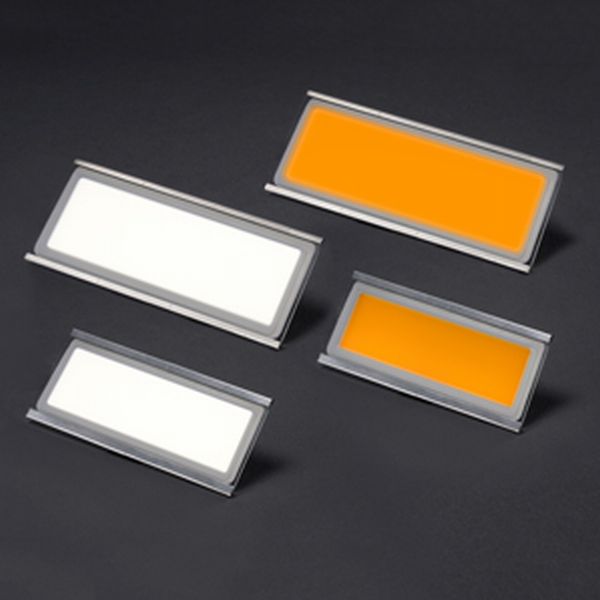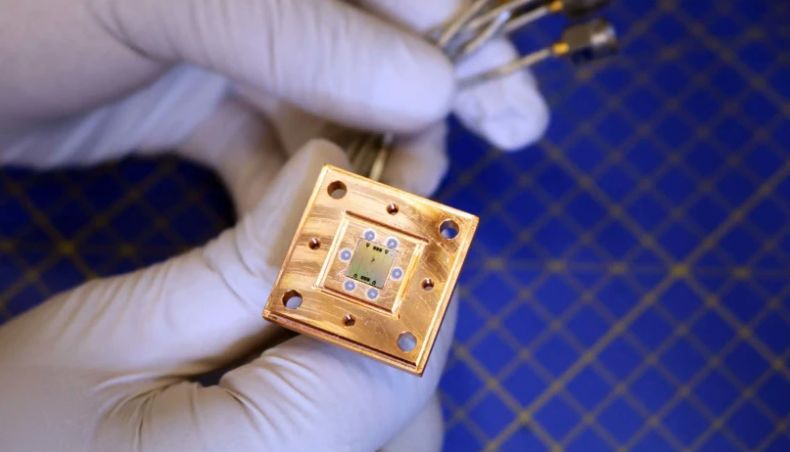How about customizing light source in our rooms, something that resembles the photo frames. Sounds interesting, ain’t it? Researchers have already been working in the field of light and they have come up with an approach that targets the efficiency in half amount of energy being consumed by regular bulbs by developing ‘glowing sheets’. Technology used in these light sheets would resemble the mega thin TVs and smartphones as the sheets are expected to include organic LEDs or OLEDs.
Organic light-emitting molecules can be easily spread out on large surface hence they form the most suitable candidate for large sheets. Their relative capacity of running is cooler than LEDs, which means huge heat sinks are out of question, thus insinuating a much simpler lighting structure.
Next gen OLED lighting
In order to improve OLED’s lighting efficiency, advance researches are already being done. For instance, Pixelligent is working on nanoscale particles that allow prevention of reflection during the transition of light as it beams within OLED device thus, resulting in higher output of light.
There are other similar companies as well that are targeting towards lowering the costs of OLED lighting. Since cost is one of the main factors and no sooner, technology eclipses the higher cost, conventional fluorescent fixtures would see its decline. Firms like Konica-Minolta and OLED Works are working towards creating cheaper and innovative manufacturing techniques. Philips along with these companies is looking forward to scale up the production of OLED lighting, which means prices might plummet in the coming years.
Konica-Minolta envisions developing OLED lights on flexible plastic sheets with mass production approach than in batches. The factory is expected to touch a monthly figure of one million 15-centimeter-wide panels.
The efforts are grand yet the target of bringing down the costs of OLED lighting is not so easy. Currently, a single OLED lamp costs around $9,000 but Philips envisions to make the price touch $600 to $1,600 by 2017. Costs might come down as scale of mass production increases but fundamental research could be another equally important factor that might lead to the lowering of overall cost of OLEDs in the long run.
Source: MIT Technology Review




